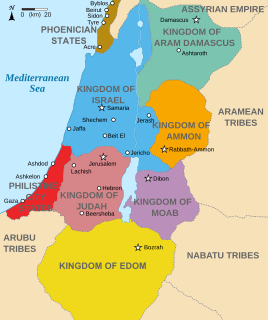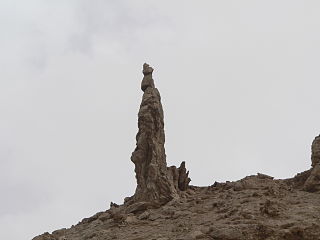 W
WLot was a patriarch in the biblical Book of Genesis, chapters 11–14 and 19. Notable events in his life include his journey with his uncle Abram (Abraham) and his flight from the destruction of Sodom and Gomorrah, during which Lot's wife became a pillar of salt, and Lot was made drunk by his daughters so that they could have children with him.
 W
WAl-Anbiyaʼ, is the 21st chapter (sūrah) of the Quran with 112 verses (āyāt). Regarding the timing and contextual background of the supposed revelation, it is an earlier "Meccan surah", which means it is believed to have been revealed in Mecca, instead of later in Medina. Its principal subject matter is prophets of the past, who also preached the same faith as Muhammad.
 W
WAn-Naml is the 27th chapter (sūrah) of the Qur'an with 93 verses (āyāt).
 W
WLut, known as Lot in the Old Testament, is a prophet of God in the Quran. According to Islamic tradition, Lot was born to Haran and spent his younger years in Ur, later migrating to Canaan with his uncle Abraham. He was sent to the cities of Sodom and Gomorrah as a prophet, and was commanded to preach to their inhabitants on monotheism and the sinfulness of their lustful and violent acts.
 W
WLot's daughters are four women, two unnamed people in the Book of Genesis, and two others, including Paltith, in the Book of Jasher.
 W
WIn the Bible, Lot's wife is a figure first mentioned in Genesis 19. The Book of Genesis describes how she became a pillar of salt after she looked back at Sodom. She is not named in the Bible but is called "Ado" or "Edith" in some Jewish traditions. She is also referred to in the deuterocanonical books at Wisdom 10:7 and the New Testament at Luke 17:32. Islamic accounts also talk about the wife of Prophet Lut (Lot) when mentioning 'People of Lut'.
 W
WLot's Wife is a volcanic, deserted island located in the Philippine Sea approximately 650 kilometres (400 mi) south off the coast of Tokyo, at the southernmost tip of the Izu archipelago, Japan. Though only 0.01 km2 in area, it reaches almost 100 meters in height.
 W
WMoab is the name of an ancient kingdom whose territory is today located in the modern state of Jordan. The land is mountainous and lies alongside much of the eastern shore of the Dead Sea. The existence of the Kingdom of Moab is attested to by numerous archaeological findings, most notably the Mesha Stele, which describes the Moabite victory over an unnamed son of King Omri of Israel, an episode also noted in 2 Kings 3. The Moabite capital was Dibon. According to the Hebrew Bible, Moab was often in conflict with its Israelite neighbours to the west.
 W
WThe Sanctuary of Agios Lot is located to the southeast of the Dead Sea overlooking the modern town of Safi in Jordan. It is a Byzantine era monastic site that consists of a basilical church erected at the entrance to a natural cave. The spot of construction was thought to have been where Lot sought shelter after Sodom was destroyed.
 W
WThe Battle of the Vale of Siddim, also often called the War of Nine Kings or the Slaughter of Chedorlaomer, was an event in the Hebrew Bible book of Genesis 14:1–17 that occurred in the days of Abram and Lot. The Vale of Siddim was the battleground for the cities of the Jordan River plain revolting against Mesopotamian rule.